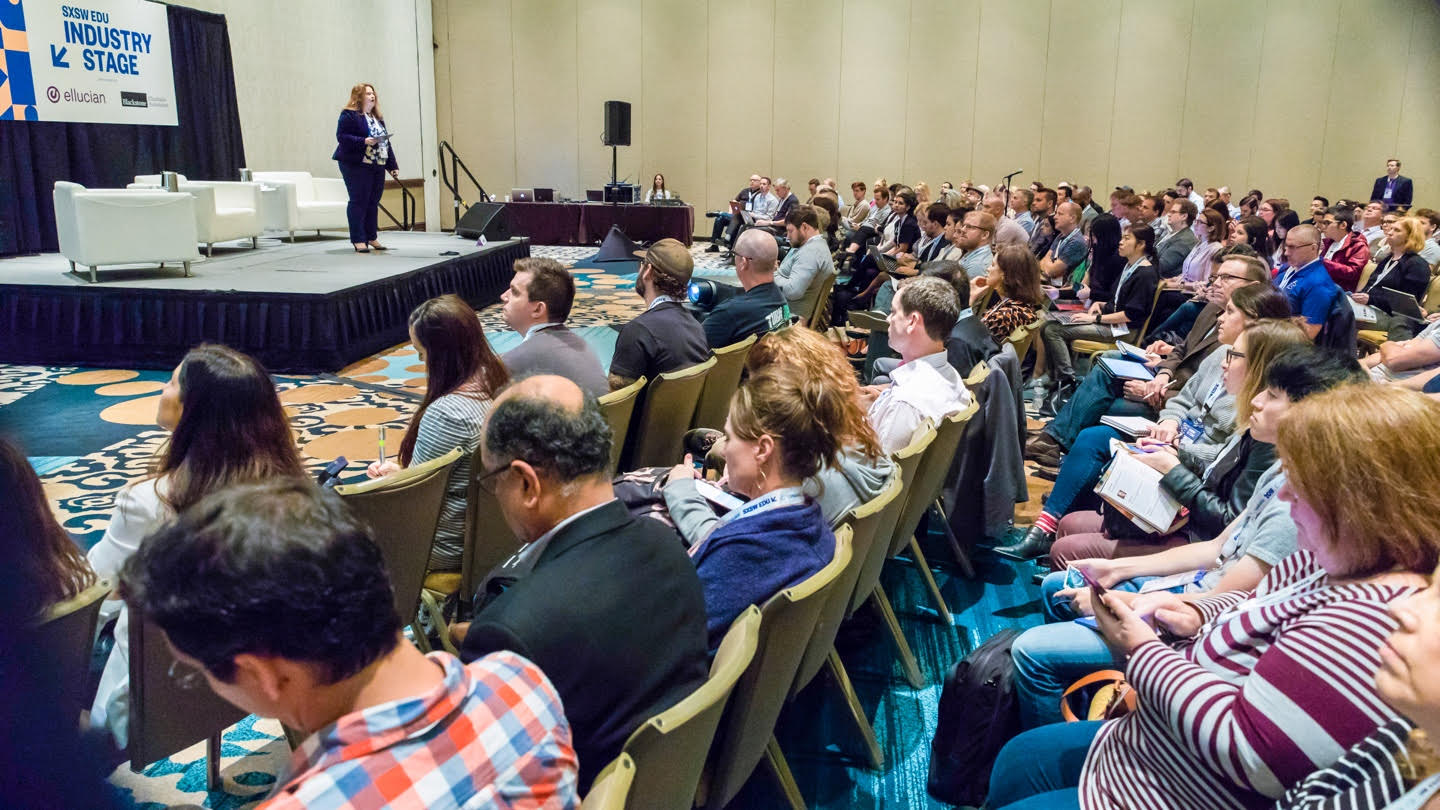XR is generally used as a term to encompass the vast possibilities of reality warping technology, which includes VR, AR, and more. As Director of Digital Learning and the XReality Center at The New School, Maya Georgieva is an expert in digital and immersive education, and recently gave a talk during #SXSWedu focused on how educators can create compelling immersive learning experiences.
“Stepping Into the Story: Design Principles for XR” empowered attendees to think about students and faculty as creators, and not just consumers, of immersive experiences. Georgieva also spoke about how the higher education industry can engage with new mediums in order to create innovative ways to educate people.
“My talk was a provocation to educators to think about transformational experiences by asking them to think of immersive experiences as opening portals to learning journeys and stories,” noted Georgieva. “Stories help us make sense of the world and have been around since the dawn of humanity, but we are witnessing the birth of a new medium, something that will change the way we share and create stories forever.”
This was Georgieva’s fifth year at #SXSWedu, where she has spoken about XR led workshops and discussions, and delivered the conference’s Industry Talk. Georgieva also shared how students at The New School are utilizing XR technology to further their own educational opportunities.
“Over the last decade, students come to school feeling more at home with digital tools and environments and are more prepared to create virtual worlds as a way of prototyping and sharing their ideas,” said Georgieva. “Educators are interested in creating experiences in XR and I hope that by sharing my latest thinking around design in XR it will empower them to create meaningful and engaging immersive learning.”
Georgieva also illustrated the ways that XR can connect with real-world experiences, and the ethical challenges surrounding the topic.
“With XR, we can share and design interactive 3D models, take students on virtual reality field trips to historic sites, virtual museums, or prototype places that we have not even built yet,” she said. “Many people continue to think of XR as an isolated experience tethered to a high-end computer in a lab or at home. But this is beginning to change and in the future XR will be about sharing and collaborating with students. These experiences will be deeply social and interconnected with our physical world and experiences. It is important for educators and policymakers to stay abreast of these developments.”
This post originally appeared on The New School News.

